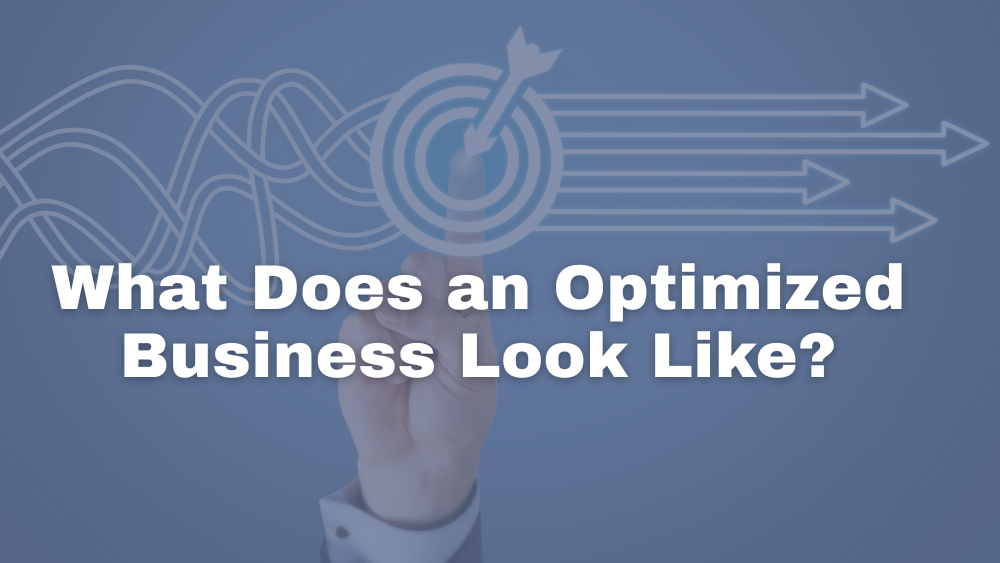SaaS CFO That Transforms Businesses


A SaaS CFO does more than optimize businesses, it transforms them.
The ripple effect of implementing the correct systems, processes, and technology reaches every area within a business. We talked about business optimization in our previous article: How a Part-Time CFO Can Optimize Your Business
But what’s that business like once it is optimized and how does hiring a SaaS CFO transform it?
What Does an Optimized Business Look Like?
A key advantage of an optimized business is a system that allows a single point of data entry for all information. For example, a business may have information on a marketing lead. That information would travel through marketing, sales, finance, and customer success with each area needing the relevant data.
Rather than restarting the data collection process for each area of the business, a business that is optimized would enter that data one time using a system that’s connected to every area of the business. A SaaS CFO ensures all the correct systems and processes are in place to interconnect all data and allow a single point of data entry.
The Problem with Multiple Points of Data Entry
The problem with multiple points of data entry is every time a business restarts a process, there’s always the possibility for an error to be introduced. It’s like a game of telephone where you tell one person a story. By the time it gets around the campfire, what used to be a fishing story turns into a bear hunting story. It’s the same in business.
Businesses that aren’t optimized often have:
- Multiple points of data entry
- Multiple captures of data in different systems
- Information that isn’t shared between systems
That lack of communication between business areas and systems only increases the margin for error within a business.
Once the systems are optimized and talking to each other, you see a single point of data entry. More data may be added to it, but it’s still the same record. Single point of data entry provides awareness all the way through the system’s pipelines from lead to contract renewal.
The Result of Using a SaaS CFO
- More productivity within your workforce due to not needing to chase information
- Visibility of the success criteria for customers
- Higher morale within your workforce that results in lower turnover
- Increased profitability that returns value to shareholders and owners
Using a SaaS CFO to optimize your business is more than numbers. There are people behind every single number. The ease of an optimized system creates a happier workforce and customers. In the end, those systems increase profitability and the value of the business.
You may be wondering why more people don’t hire a SaaS CFO to optimize their business. In truth, many business owners stay in a discomfort zone. When something isn’t working right, business owners put up with it because they think it’s normal.
It’s like that old adage about the frog and the pot of cold water. The frog doesn’t know that it’s in a pot of cold water on a stove until it’s too late. The same thing happens with many entrepreneurs and business owners. They stay in their discomfort zone because they’re not aware of how uncomfortable their life has become.
SaaS Gurus steps in to provide a different perspective and the tools to correct the issues that cause discomfort. We understand that a leader isn’t someone who knows everything. Rather, a true leader knows when to delegate tasks because no one can do everything. The experience, processes, and systems that SaaS Gurus provides transforms businesses and eases CEOs out of the pot of cold water.
Anthony Nitsos, Founder and Fractional CFO
Anthony Nitsos elevates your financial strategy to meet challenges and drive your company value. Working with pre-seed to Series B stage SaaS startups, he ensures that founders have reliable metrics and a solid understanding of the true economics of their business to maximize valuation. He optimizes financial operations, sales operations, human resources operations, and risk management systems. He’s worked with various startups, including two unicorn exits.

